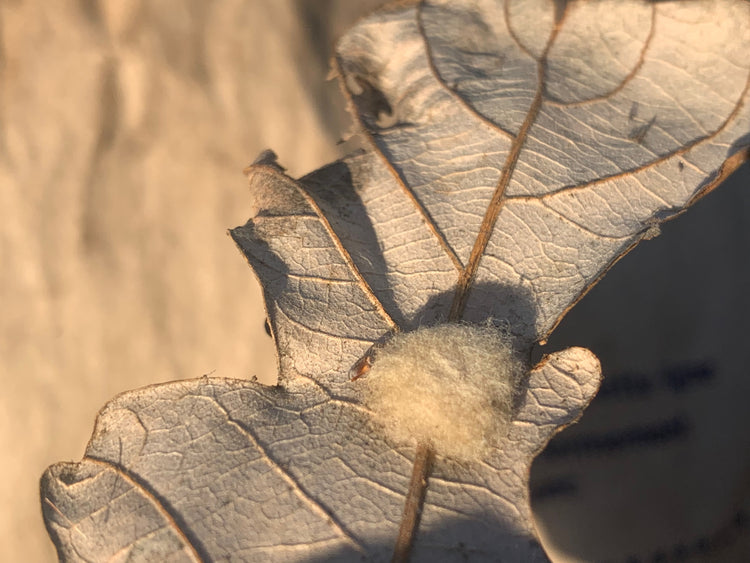Learning from Indigenous Knowledge, our approach to care rests on a foundation of relationality. We ask ourselves "How are the relations of this place doing?" Our role, as humans, is to help maintain an ecological balance.
Water for the first year
- Water infrequently, only as needed (if there's an extended drought of over 5 weeks) to train the roots to grow deeper and become resilient
- Water the entire forest floor deeply (2.5 cm). That's approximately 5 gallons of water per 1 gallon plant (or about 3 minutes if using a hose and spray nozzle). Make sure you water the whole area around the plant.
- Adjust watering based on your soil and site conditions. Water less often if you have slow drainage, shade or clay soil. Water more often if you have fast drainage, sun, sandy soil, or site is sloped.
Weed unwanted plants
For the first 2-3 years monitor for plants (sometimes called weeds) which may threaten the health of your Pocket Forest. Chop and drop weeds (cut the plant at soil level and leave in place) before they set seed. Chopping and dropping feeds the soil microorganisms, replenishes the mulch, minimizes soil disturbance, and offers food and habitat for beneficial insects.
Leave the leaves

Many species of Butterflies and Moths pupate and overwinter in leaves. They also offer shelter to Fireflies, Bumblebees, Beetles, Toads, Frogs, and Lacewings.
Leaves also feed soil microorganisms, who in turn support the health and growth of your Pocket Forest.
Protect from hungry critters

Protect trees from hungry rabbits, voles, and deer. You can either apply tree wraps in the fall (removing the wraps in spring) or spray every few weeks with a deterrent like Bobbex.
Celebrate the holes

When insects find your forest and munch on leaves (like the holes made by a Leafcutter Bee on this Redbud seedling), celebrate the holes as a sign of the biodiversity your forest is attracting. Insects are important pollinators, critical for birds raising their young, and the foundation of the food web.

